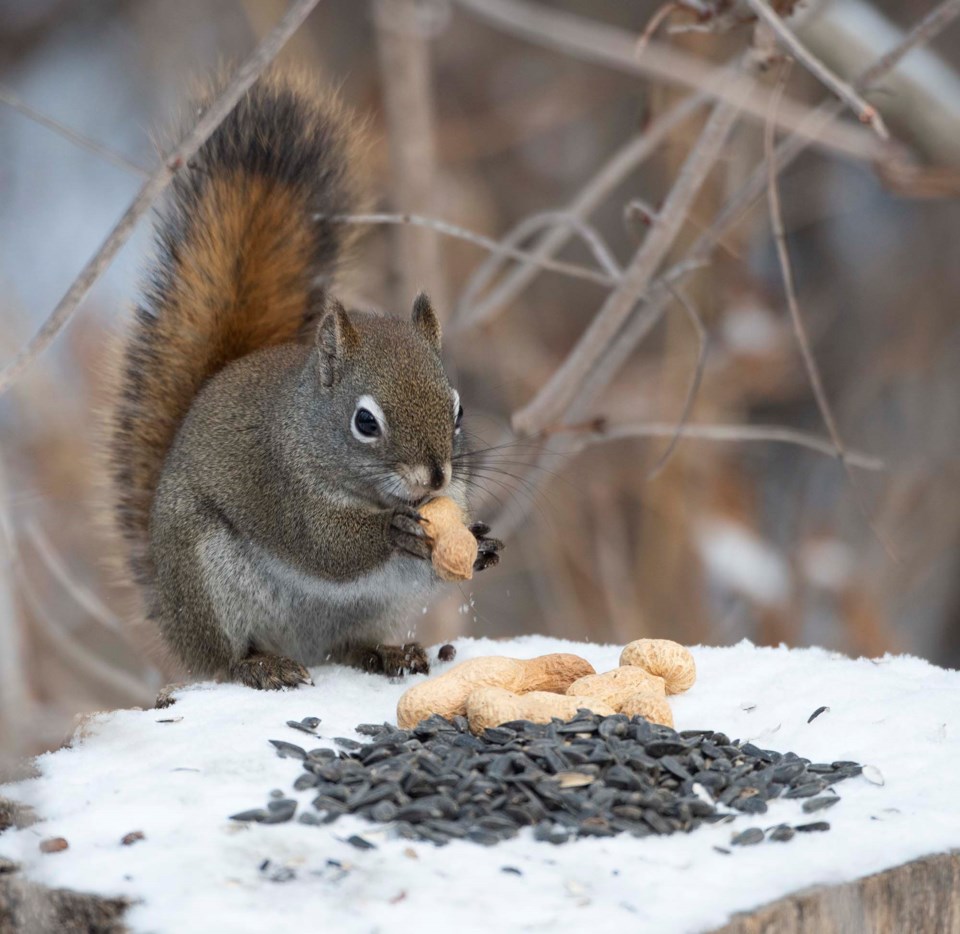St. Albert and Sturgeon County residents can tune in to a free talk this November on how to keep wild animals from wrecking their yard.
Animal control specialist Bill Abercrombie of Bushman Inc. will give a free online talk Nov. 8 on how to keep raccoons, skunks, moose, deer, foxes, and other common animals from damaging your property. The talk is part of the Wild About Wildlife series sponsored by the City of St. Albert and Sturgeon County.
The previous talk in this series addressed coyotes, as city and county officials were getting a lot of questions about them, said City of St. Albert environmental co-ordinator Melissa Logan. This talk will cover most of the other common pest animals in this region, with an emphasis on how people can co-exist with them.
“It’s just not feasible to remove them all, nor would we want to,” Logan said.
Abercrombie has been a professional trapper for 40 years and often works with Edmonton-area communities on wildlife relations.
Abercrombie said the three animals he gets the most calls about in Sturgeon County are coyotes, beavers, and raccoons.
“There’s a pretty hefty coyote population in Sturgeon County,” he said, and they can attack livestock and pets.
While beavers do create important wetland habitat with their dams, they can also plug ditches, flood roads, and send trees tumbling onto homes and cars, Abercrombie said. They also have few predators, so their populations can easily get out of control.
“They will literally eat themselves out of house and home,” he said.
Many animals become problems because people feed them — either intentionally or accidentally through spilled birdseed, unsecured garbage, and fallen fruit, Abercrombie said.
“Doing so ensures the animal’s death,” he said.
Creating a food source for the animals to fight over often leads to aggression, threats to people and property, and the need for lethal controls.
The first step in dealing with any wildlife problem is to investigate it, Abercrombie said. If an animal is in your yard because of food, cleaning up birdseed and fallen fruit could cause it to move on. Some animals can be deterred by playing a radio or making noise. If the animal is just hanging around but not damaging anything, you can leave it alone. Others, like squirrels in your attic, might have to be trapped and relocated after sealing up whatever hole they used to get in your house.
“We don’t fix every problem with a shotgun,” he said.
It’s nice to watch wildlife from afar, but it’s not ideal to have them close to home, Abercrombie said.
“You have to be aware they’re still a wild animal, and their behaviour may change very, very quickly.”
Abercrombie’s talk runs from 7 to 8 p.m. Nov. 8, and will be archived on the City of St. Albert’s YouTube page. Visit bit.ly/3tRljvm to register.




